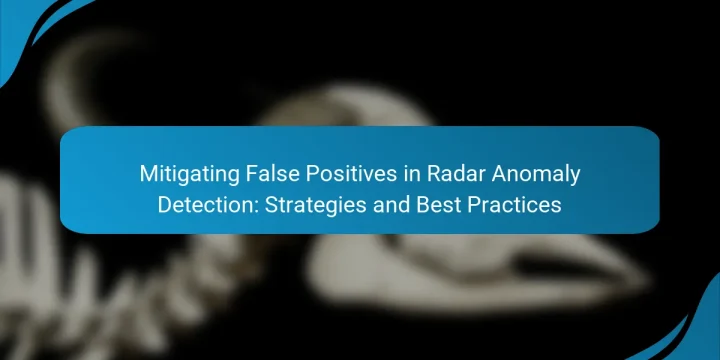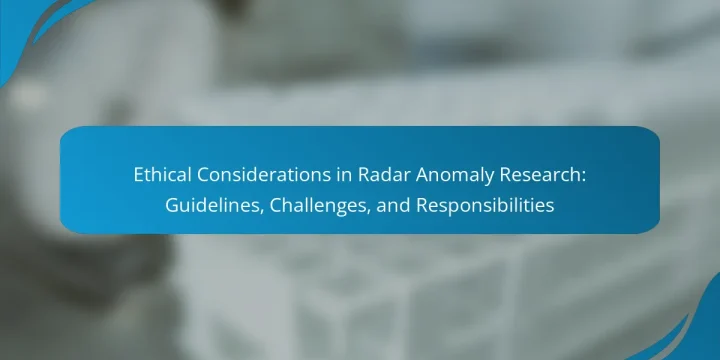
False positives in radar anomaly detection represent incorrect alerts that signal the presence of anomalies which do not exist. This article explores the causes of false positives, including environmental interference, signal noise, and calibration errors, and emphasizes their detrimental impact on radar system effectiveness. Key strategies to mitigate these false alarms include adjusting detection thresholds, employing machine learning algorithms, and integrating multi-sensor data fusion. Additionally, regular calibration of radar systems and the use of advanced signal processing techniques are highlighted as essential practices. The article outlines a systematic approach for implementing these strategies to enhance detection accuracy and reliability. What are False Positives in Radar Anomaly Detection? False positives in radar anomaly detection refer to incorrect alerts indicating an anomaly that does not actually exist. These occur when the radar…



